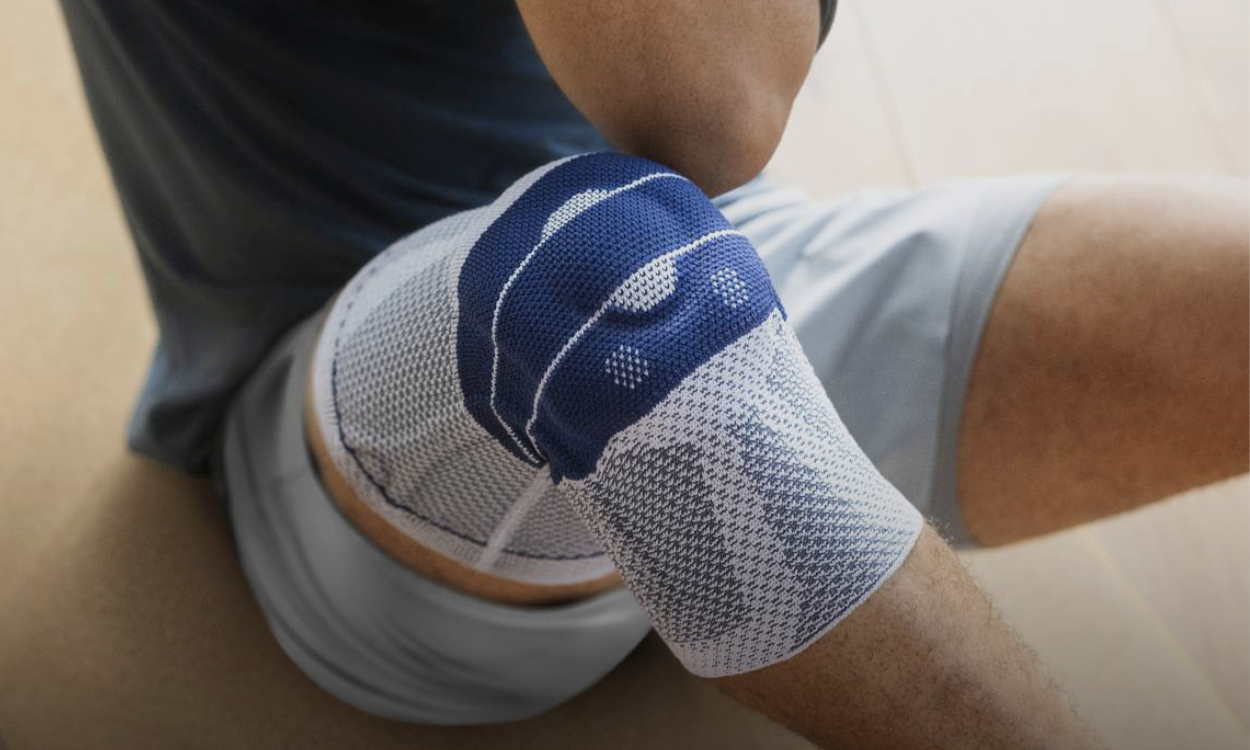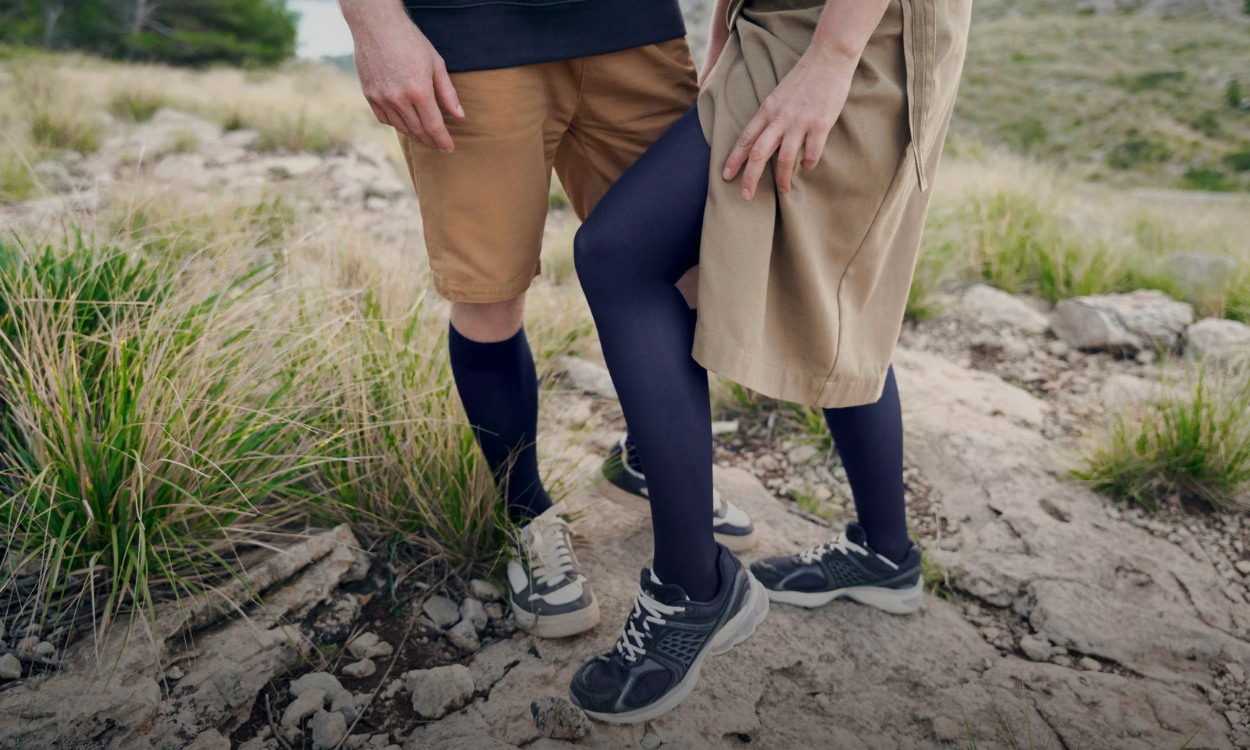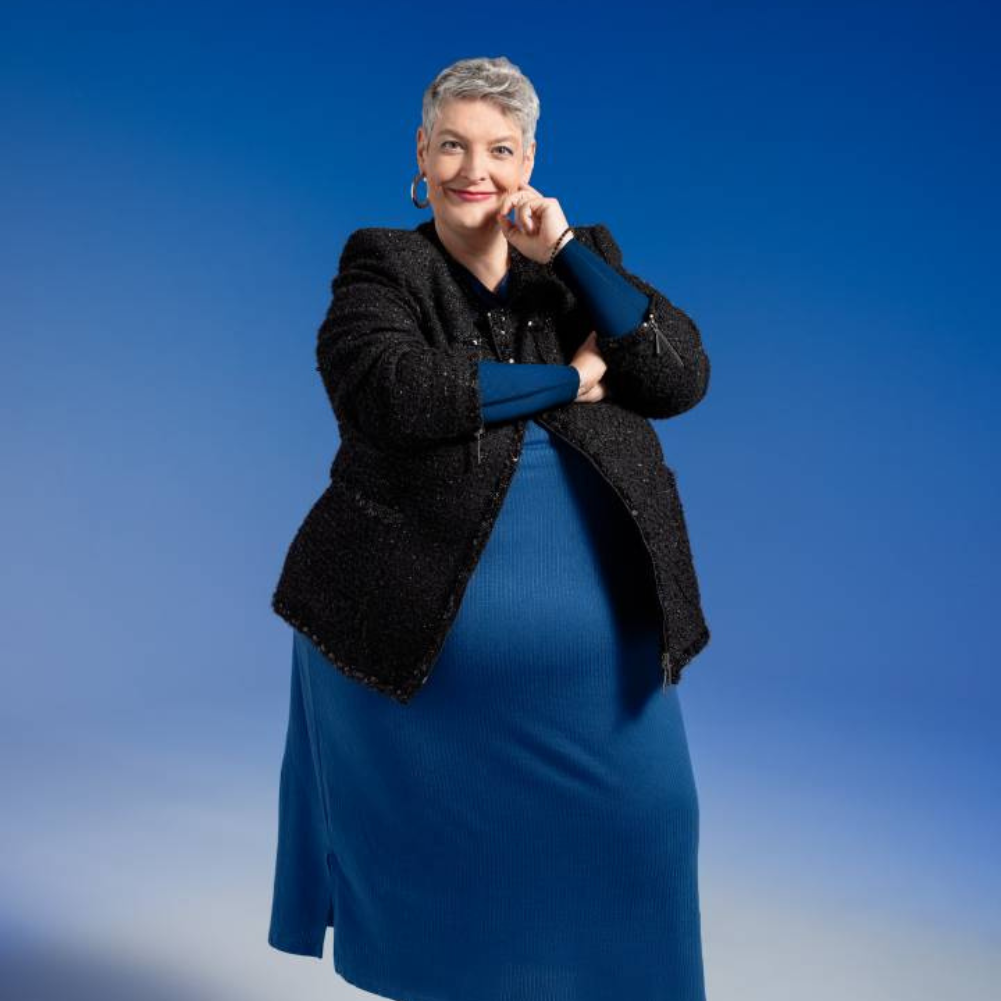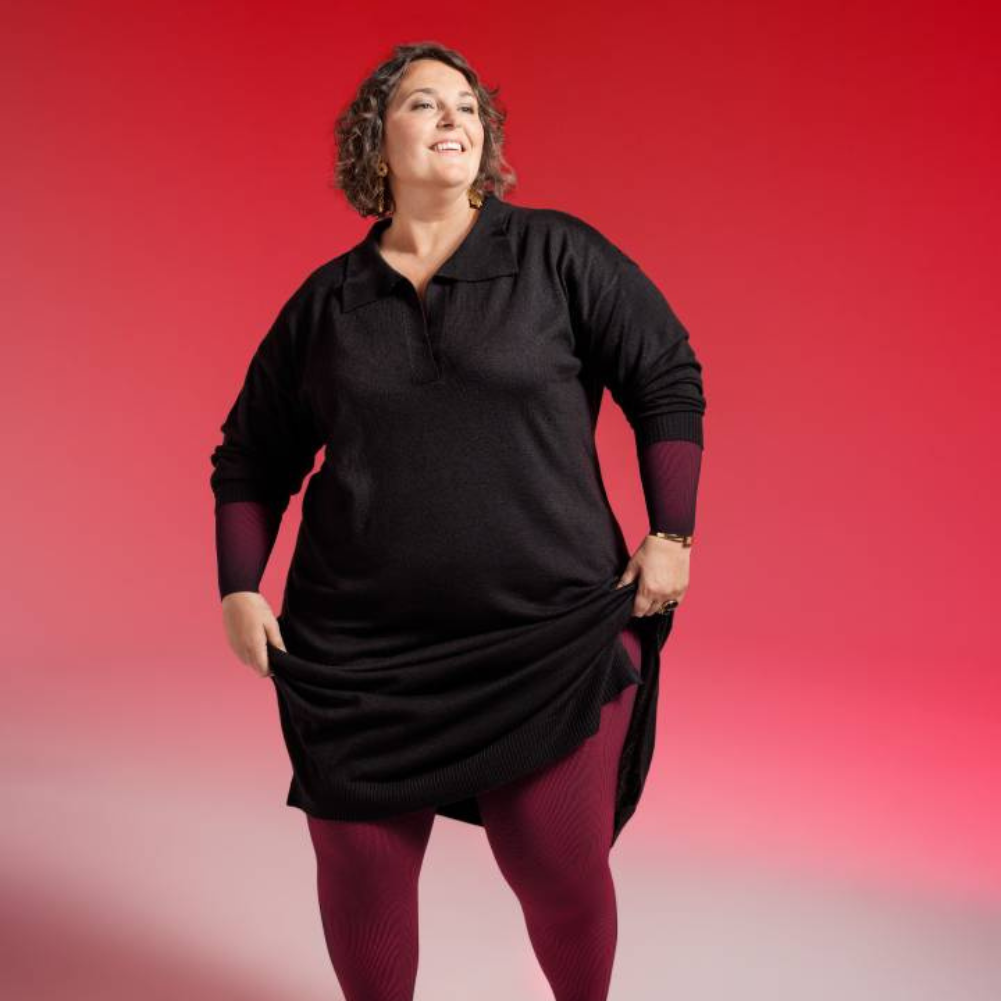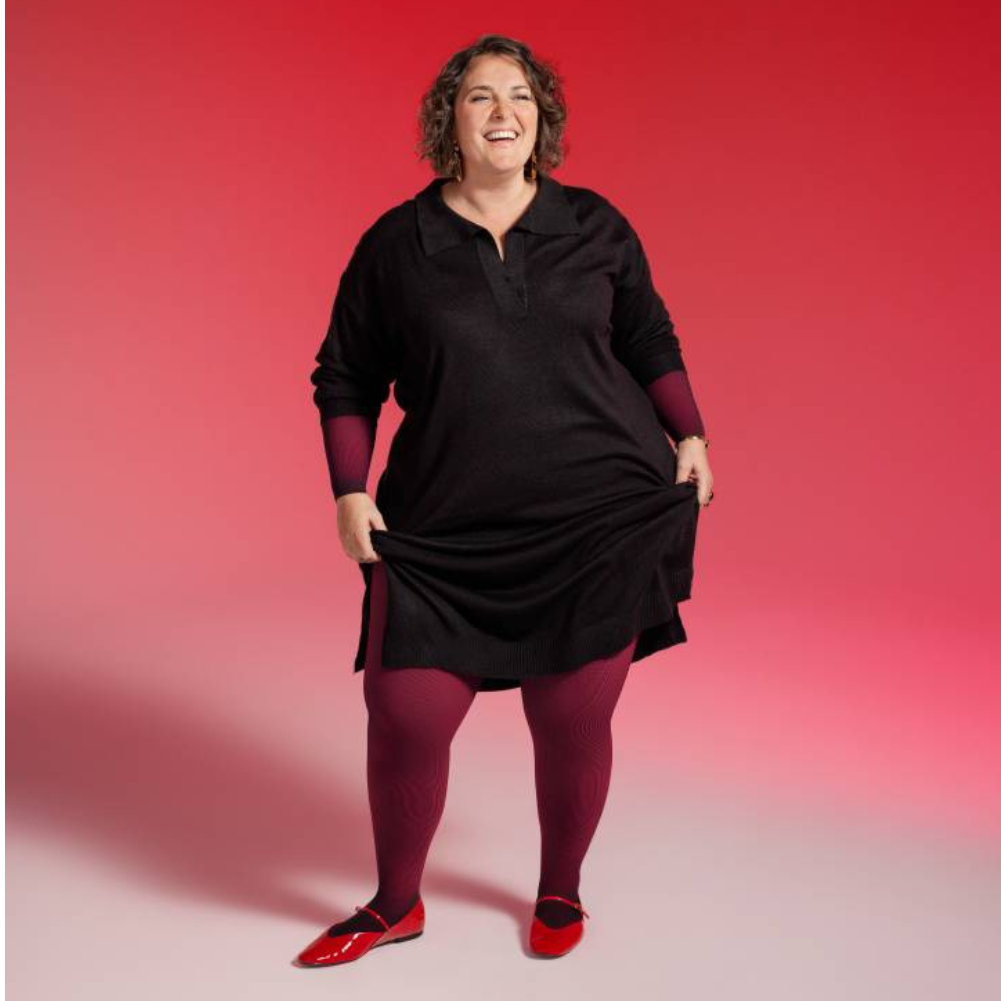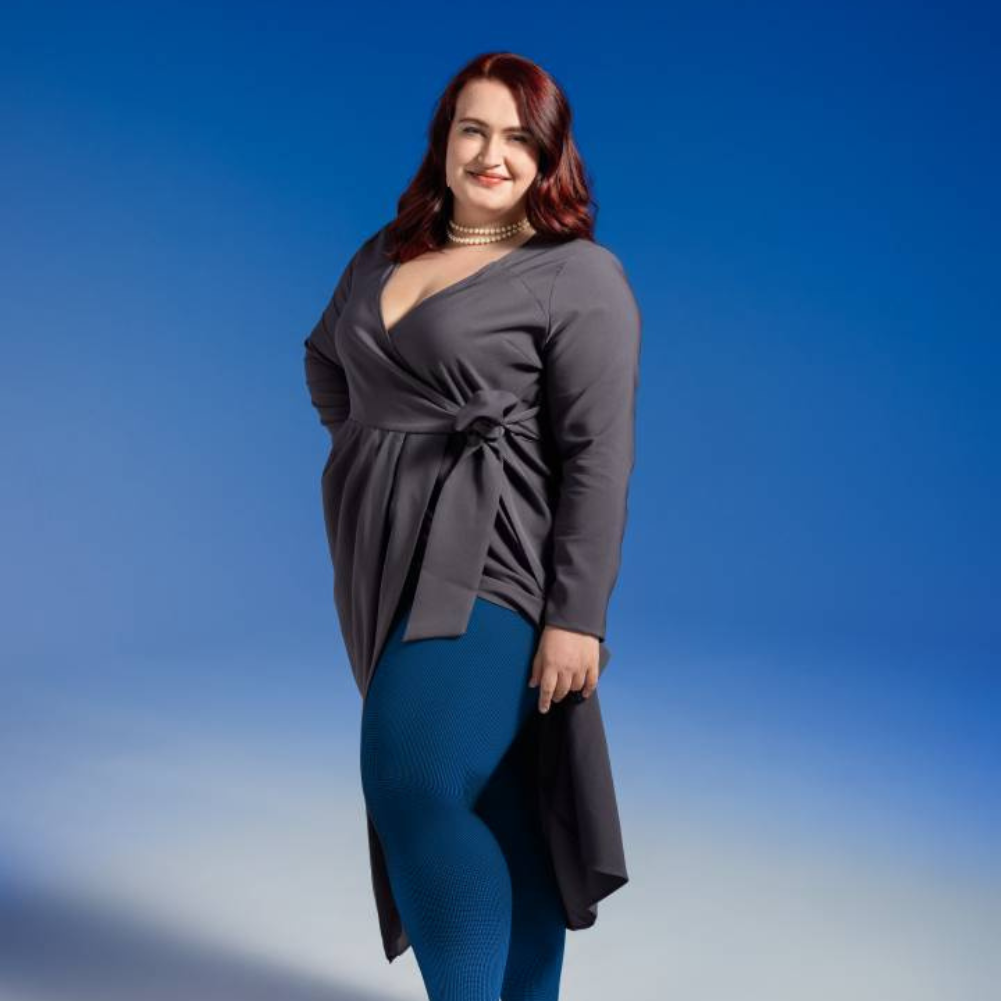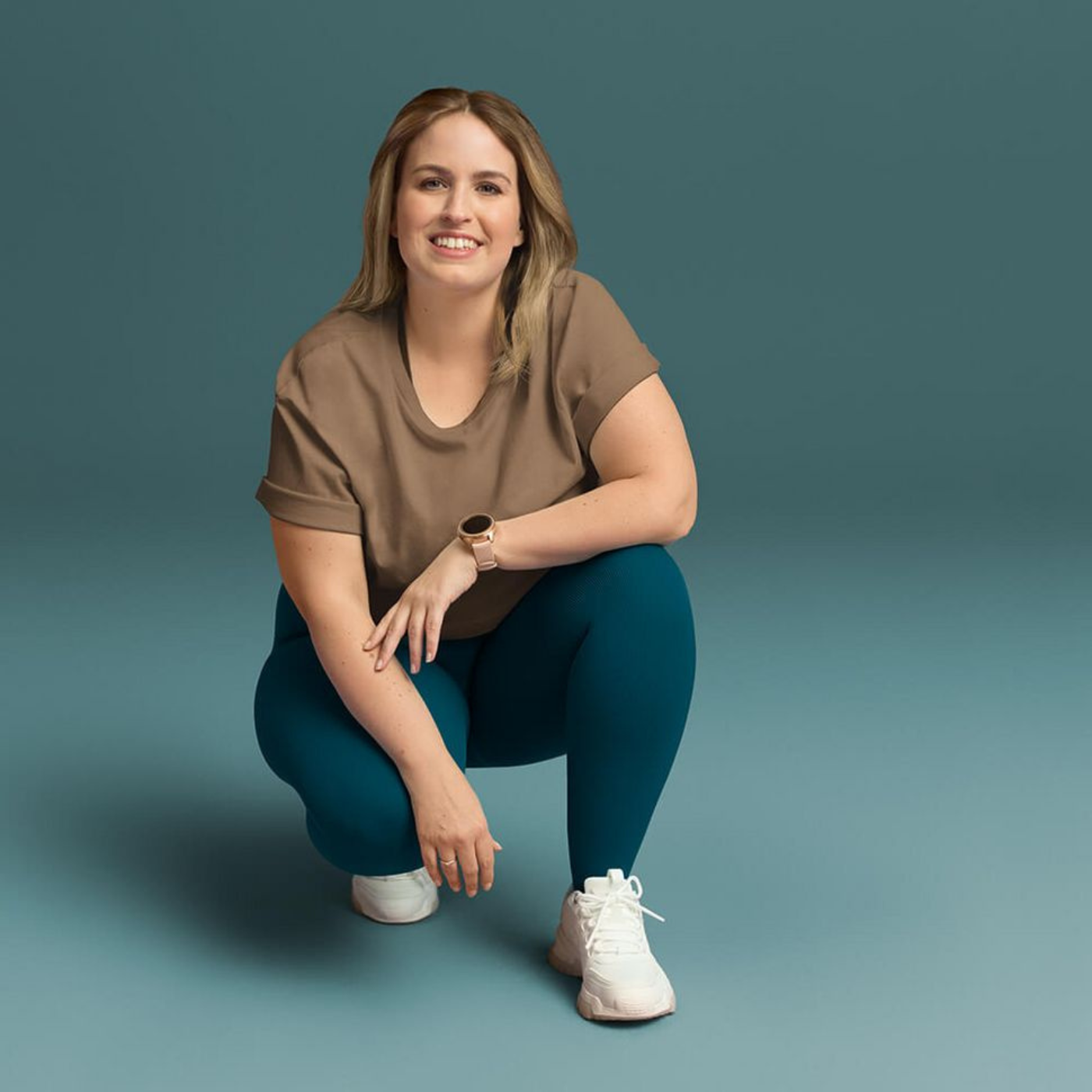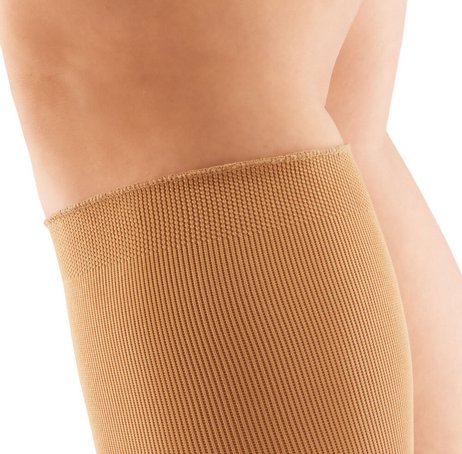Learn about the different types of lymphedema, the causes, the symptoms, the different stages as well as various treatment options including compression garments!
WHAT IS LYMPHEDEMA?
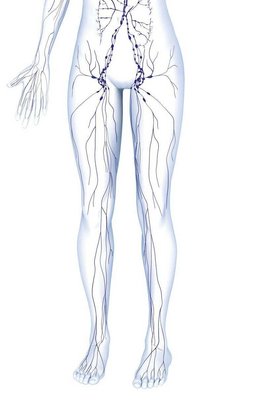
The lymphatic system is an essential part of the body's circulatory system. The cardiovascular system transports blood via veins, arteries, and capillaries while the lymphatic system collects and circulates excess fluid in the body. The Lymphatic system is responsible for "draining" lymph (excess fluid containing proteins, fats, and metabolic waste), from cells and tissues and returning it to the bloodstream via the lymphatic vessels and lymph nodes.
Lymphedema is a type of lymphatic drainage disorder. When the lymphatic system cannot properly function, it leads to a build-up of excess fluid in the tissues, resulting in swelling, most commonly in the legs and feet. The swelling can be uncomfortable and painful and make it difficult to manage daily activities.
If left untreated, lymphedema will progress and can become more severe over time. In the later stages of Lymphedema, the tissue can harden, the skin tightens, and those affected can become severely restricted in their mobility.
CAUSES OF LYMPHEDEMA
There are two types of lymphedema, primary and secondary.
Primary lymphedema is a congenital lymphatic drainage disorder. Genetic factors result in the lymphatic system not developing properly or not functioning correctly. Altered lymph nodes can also be the cause. Primary lymphedema can occur bi-laterally and typically affects the legs. Women are more commonly affected - often showing symptoms at a young age.
Secondary lymphedema often occurs later in life and is not congenital. This type of lymphedema is caused when the lymphatic system becomes damaged by an external factor. The most common causes of secondary lymphedema include; cancer (most commonly breast cancer) and the associated procedures - such as the removal of lymph nodes - or radiation. Trauma, injuries, infections, and parasites are all common factors that can also damage the lymphatic system and lead to secondary lymphedema. In addition, advanced-stage lipedema can result in the weakening of the lymphatic vessels. Lipedema patients can later develop an additional lymphatic drainage disorder. In this case, it is referred to as "lipedema with secondary lymphedema".
SYMPTOMS OF LYMPHEDEMA
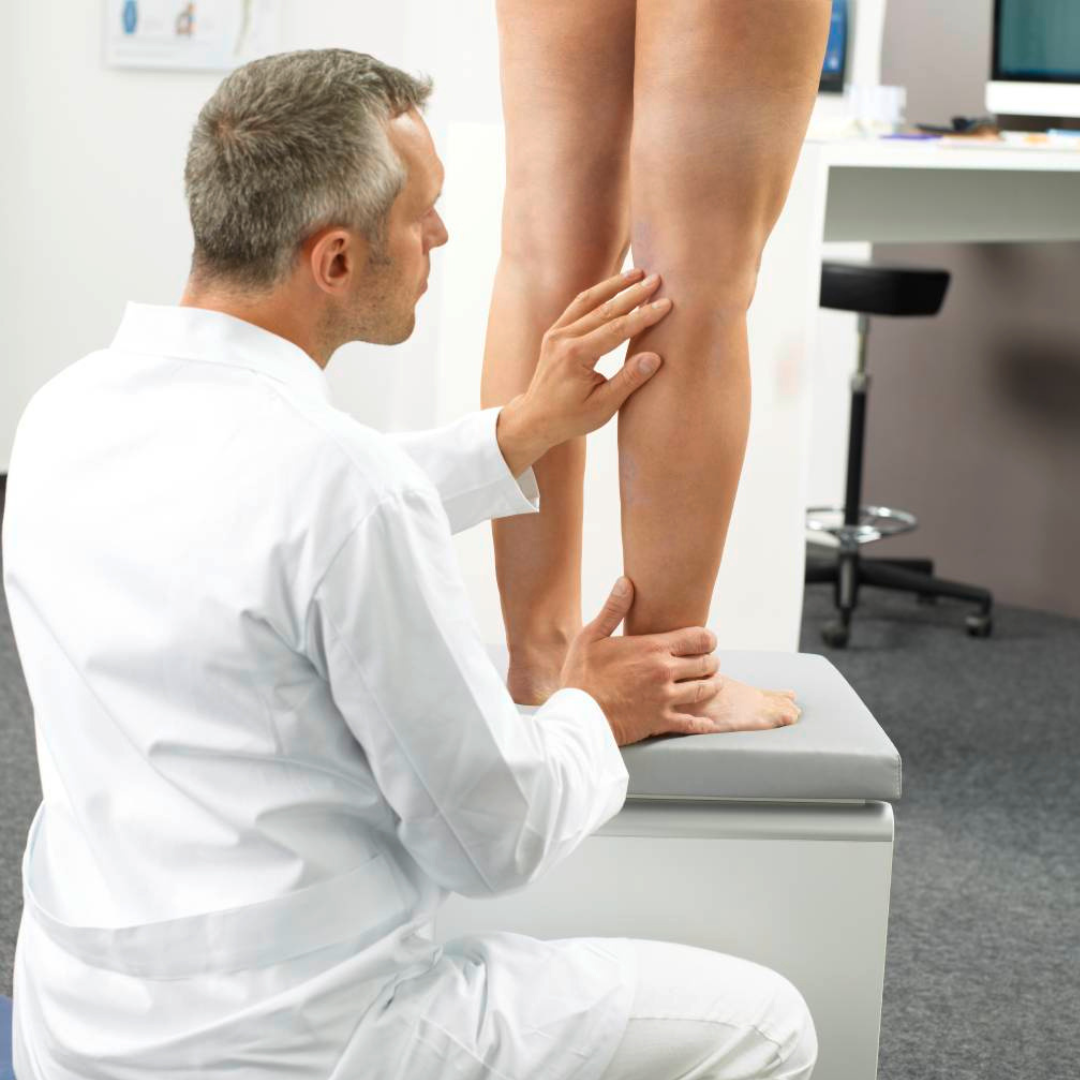
Lymphedema can occur anywhere in the body. However, it most often appears in the legs, feet, and arms. Since the onset of the disease can be gradual, you should keep an eye on your body and watch for changes.
Possible signs of lymphedema include:
- Your legs, feet, arms, or other affected areas, feel heavier than usual
- Gradual swelling of affected areas
- The skin in the affected areas feels tight and sometimes tingly
- The skin in the affected area can appear thick and leathery
- Heavy indentations are left from clothing or accessories
- Itchy or burning sensations
- Decreased flexibility and mobility
STAGES OF LYMPHEDEMA
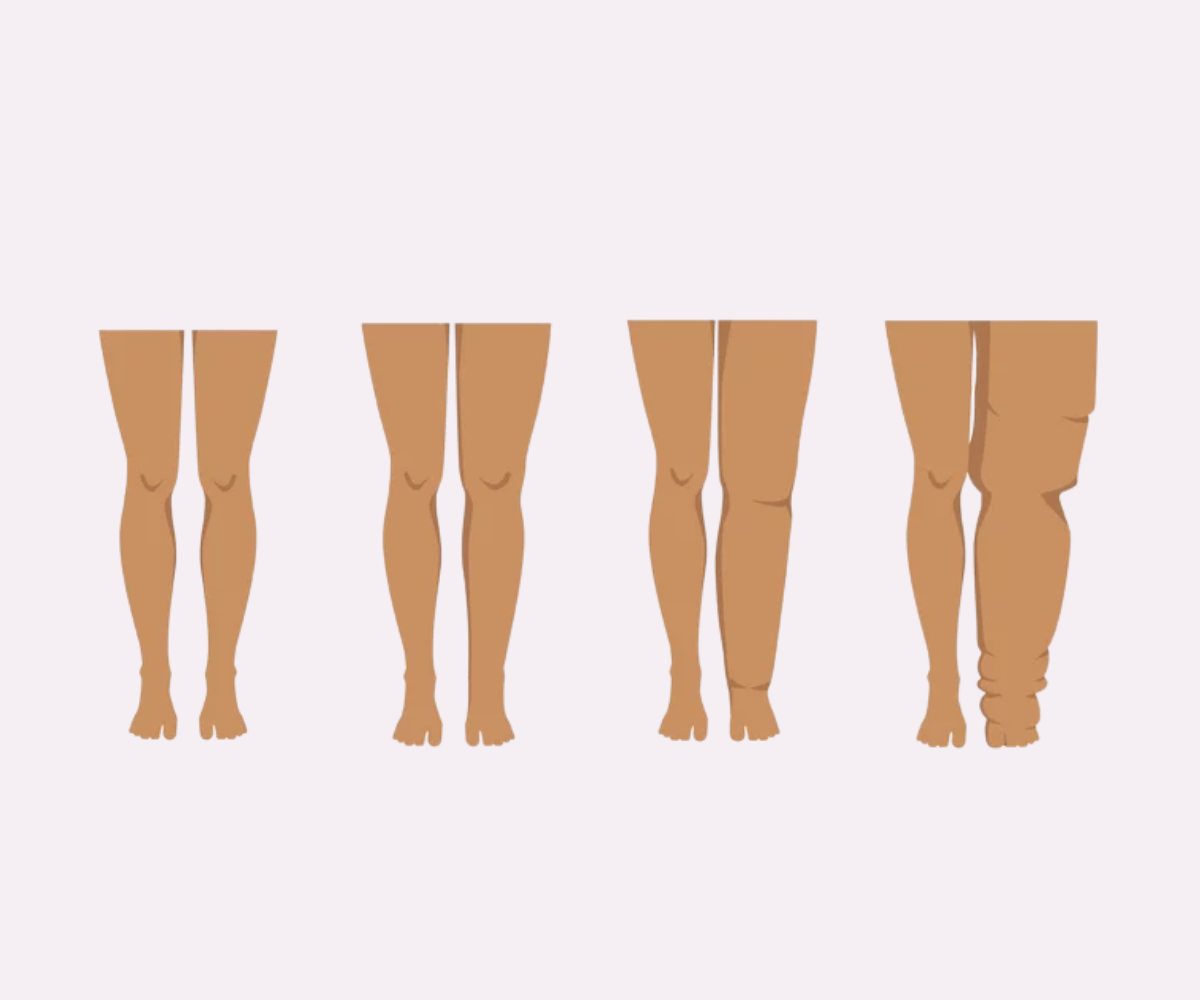
Latent stage: The lymphatic system is damaged, but there are no visible or palpable edemas yet.
Spontaneously reversible stage: The tissue is soft and can be pressed down gently with a visible indentation. The lymphedema subsides when the leg or arm is elevated.
Irreversible stage: The tissue is hardened and it is either difficult or impossible to press down on it and create an indentation. There may be restricted movement.
Pronounced form of the irreversible stage: A significant increase in edema size, sometimes with extreme dimensions.
TREATMENT OF LYMPHEDEMA
The most effective method for treating lymphedema is complex physical decongestion therapy (CPT). This consists of two phases and is based on five pillars.
- Phase 1 - Decongestion: Daily manual lymphatic drainage and lymphological compression bandages are used to decongest the affected limbs and reduce their circumference. This phase usually lasts several weeks. The maintenance phase only begins when the maximum reduction in the circumference of the affected body regions has been achieved.
- Phase 2 - Maintenance: The success of the decongestion should now be maintained. The necessary measures (corresponding to the five pillars of KPE) are applied for life. The curaflow app we developed supports and motivates those affected. In the maintenance phase, the compression bandage is replaced with the medical compression stocking.
We will introduce you to the five pillars of Complex Physical Decongestion Therapy in more detail below!
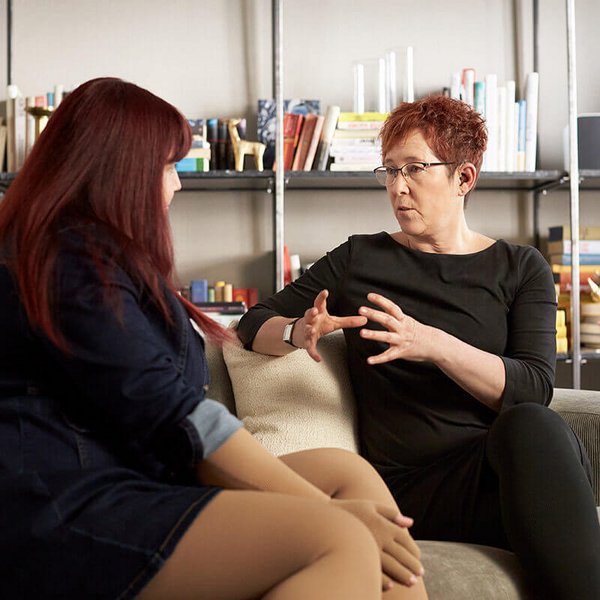
"Lymphedema often takes a long time to develop: it can take up to 20 years or more from the triggering event to the edema developing!"
Simone Berner
Product Manager of Lymphology at Bauerfeind
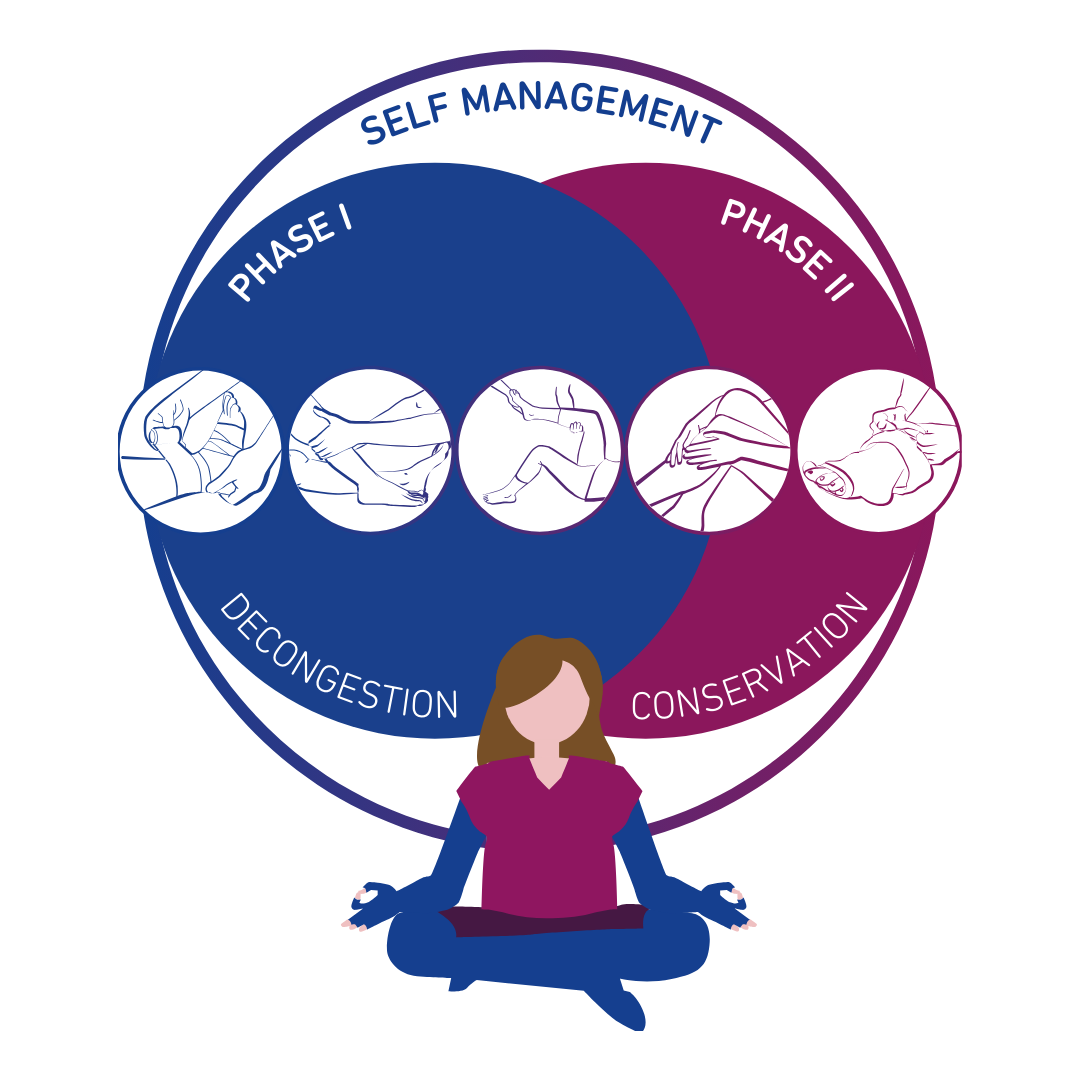
THE FIVE PILLARS OF COMPLEX PHYSICAL DECONGESTION THERAPY (CPT)*
In order to achieve optimal results in lipedema, all subsequent steps must be considered and worked into a therapy routine that is approved by a health professional.
* based on “Self-management of lymphedema” by Lymphselbsthilfe eV
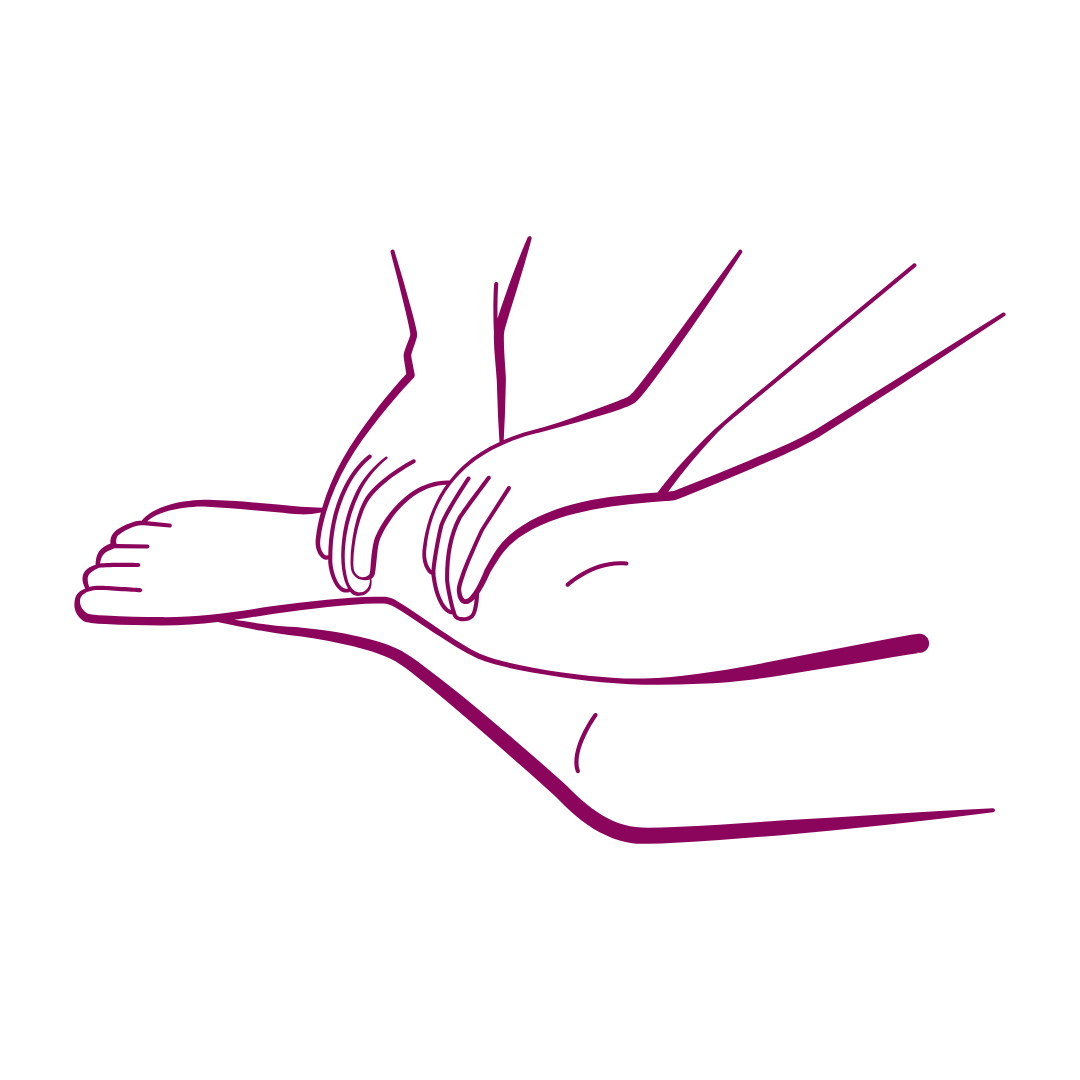
PILLAR 1
MANUAL LYMPHATIC DRAINAGE
A special lymphatic massage promotes the removal of fluid from the swollen tissue. A physiotherapist carefully massages the lymph into healthy areas of the body from where it can be transported away. Manual lymphatic drainage (MLD) should be carried out multiple a week when possible.
Intermittent pneumatic compression (IPK) can also be helpful as a supplement to the therapy. In it, the affected limbs are surrounded by theraputic sleeves with air chambers that are successively filled up by a device. The pressure from the gradient compression generated relieves the tissue and stimulates the lymph flow.
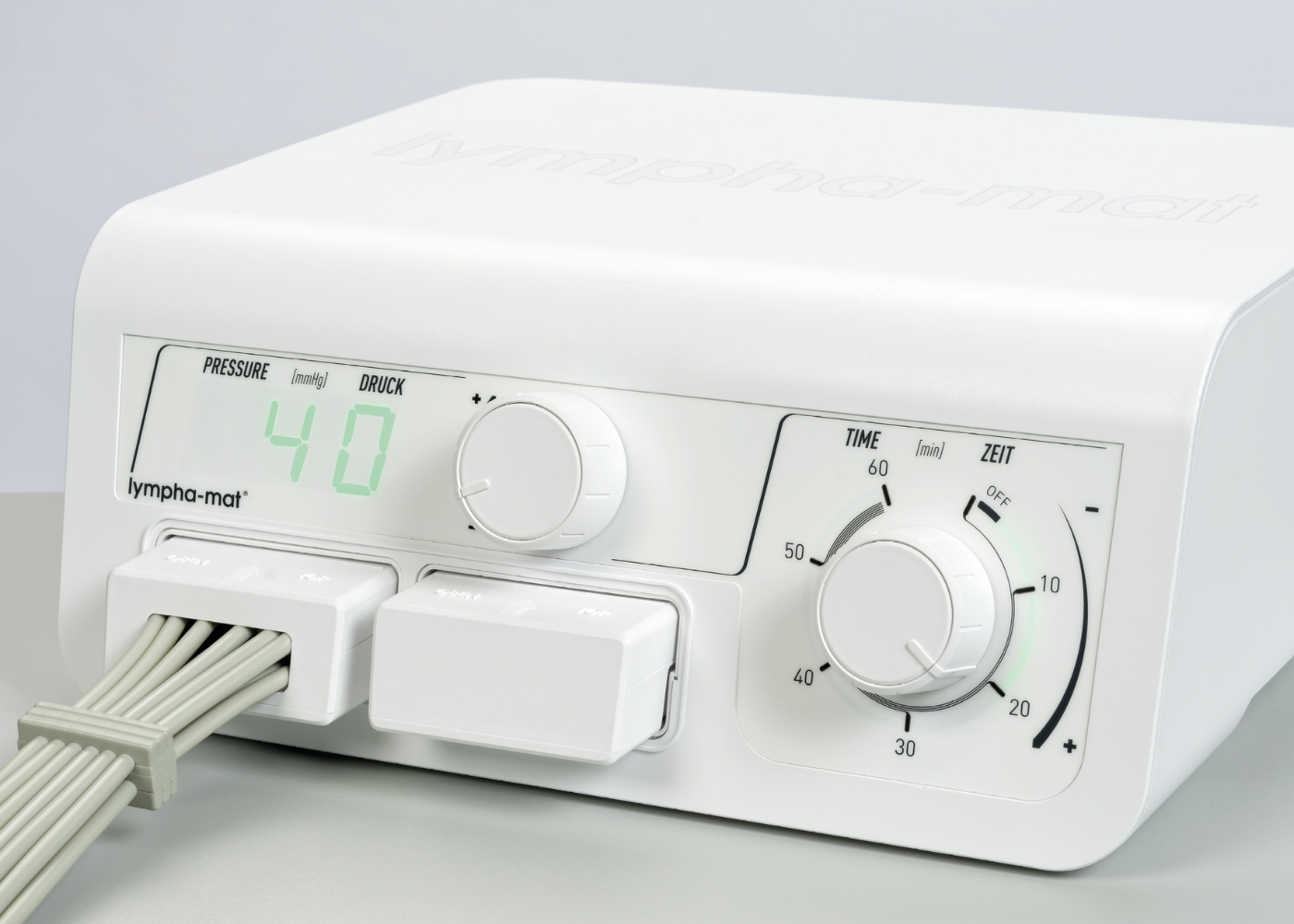
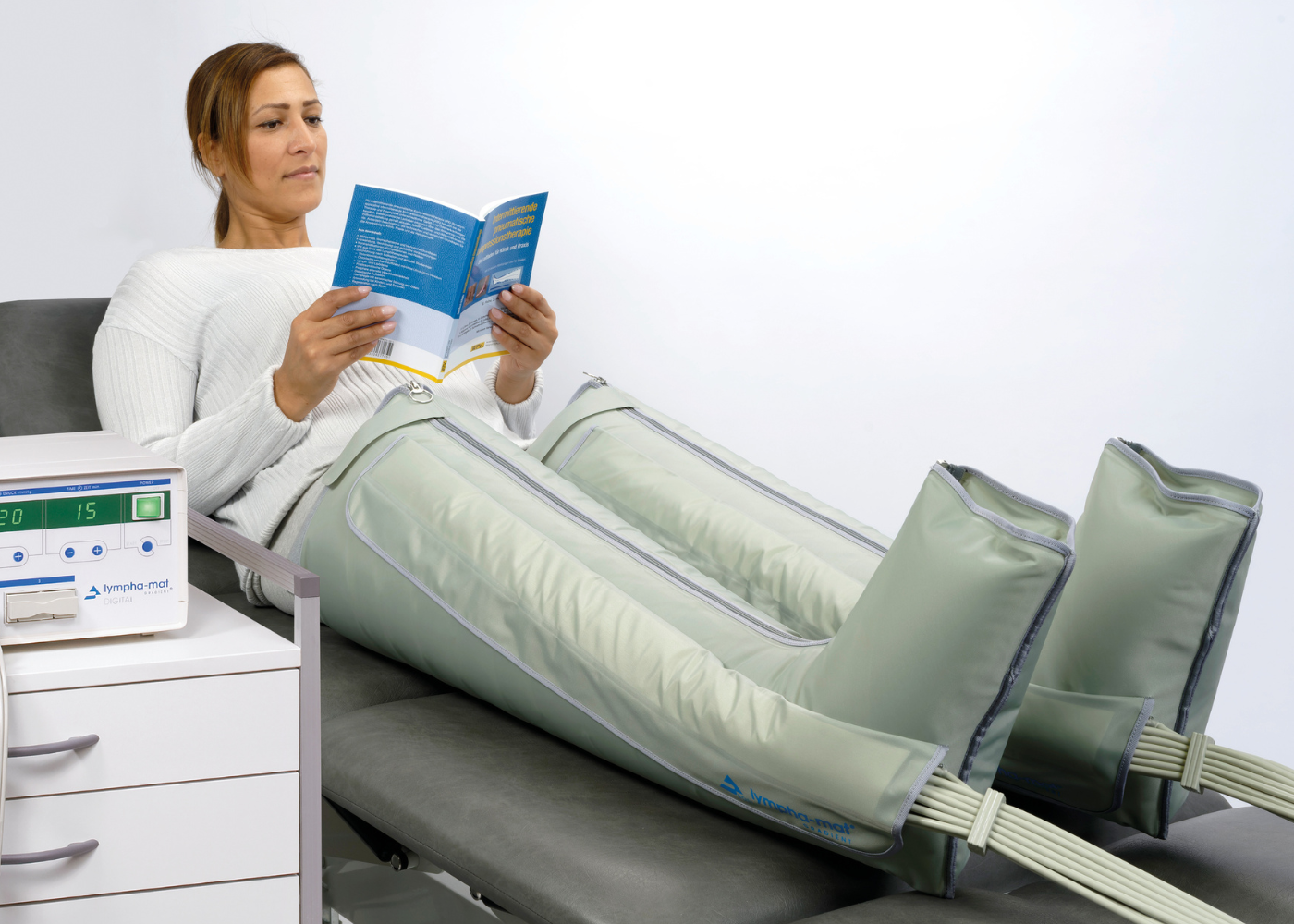
BÖSL Lympha-mat® 300N
Gradient intermittent compression for specific treatment of lymphatic edema.
The BÖSL Lympha-mat® 300N offers an effective form of intermittent pneumatic compression therapy. Next to manual lymphatic drainage, intermittent pneumatic compression has been firmly integrated as a pillar of current decongestion therapy practises.
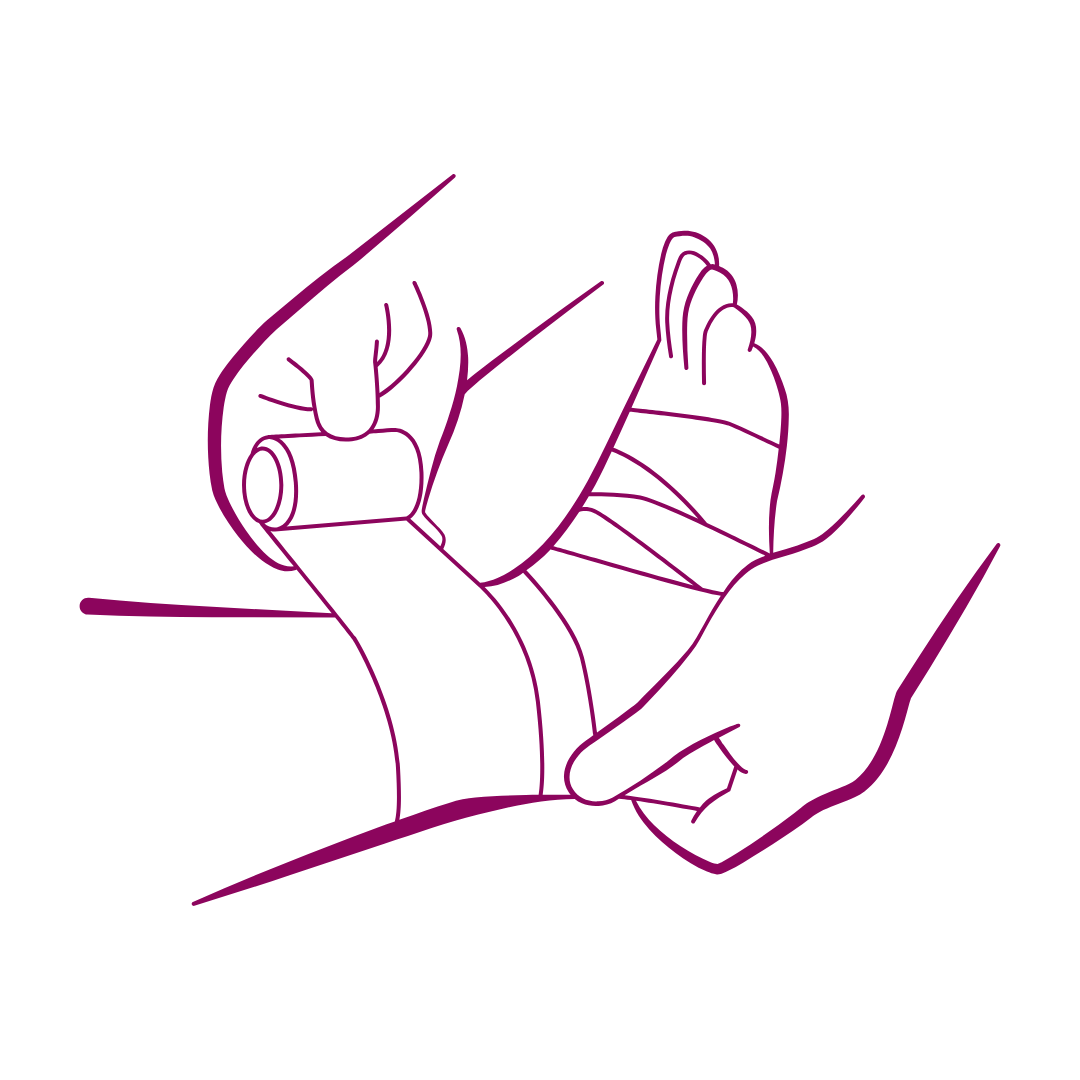
PILLAR 2
COMPRESSION THERAPY
In the decongestion phase, a lymphological compression bandage is applied after each lymphatic drainage. In the maintenance phase, flat-knit medical compression stockings are used. This type of compression therapy for edema prevents fluid from accumulating again, as the external pressure on the skin offers better resistance than the skin alone. In addition, every movement promotes the interaction between muscles, skin and the external pressure. This light massaging effect further improves the removal of lymph. It is important that the individually tailored compression stockings are prescribed by a doctor and professionally fitted by a medical specialist, as the perfect fit is very important. The custom-made compression stockings should be worn daily in order to make the effect noticeable in everyday life and thus to curb the progression of the disease.
THE VENOTRAIN® CURAFLOW SOLUTION
Compression garments for the treatment of edema
Bauerfeind’s flat knit Curaflow compression garments are custom-made and perfectly adapted to the lymphedema or lipedema of the patient’s legs, feet, arms, or hands. VenoTrain® Curaflow compression garments relieve pain and maintain a consistant pressure all with an exceptional wearing comfort!
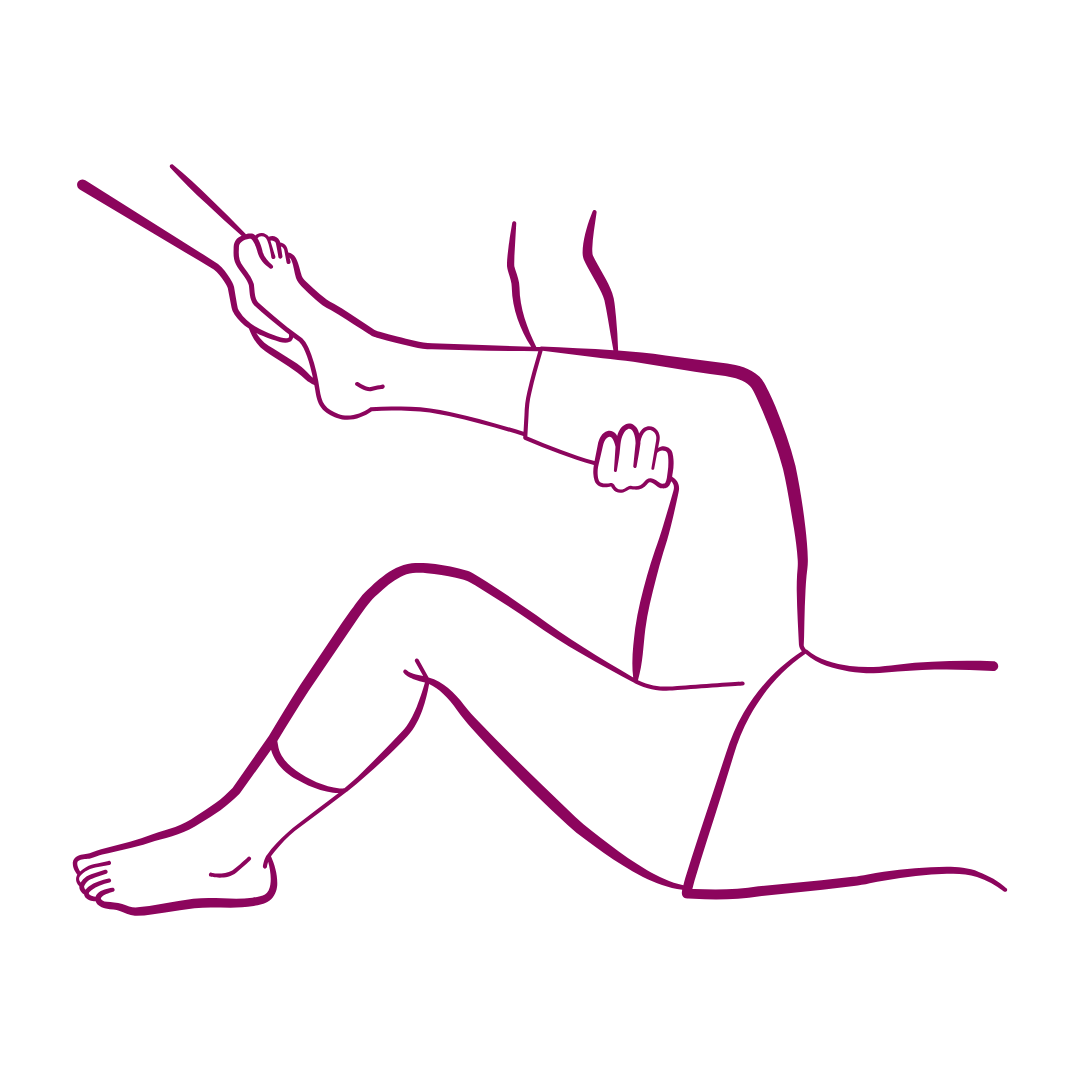
PILLAR 3
EXERCISE THERAPY
Exercise and movement is an important part of therapy for lipedema and lymphedema. Depending on the type and location of the edema, targeted decongestion exercises and training sessions can improve mobility and reduce swelling. It is important to set realistic goals when creating an exercise plan and discuss with your physician what types of exercise are suitable for you. Yoga, walking, cycling and aqua fitness are some examples of exercises that are gentle on the body and can be a good starting point to include more movement into your daily life.
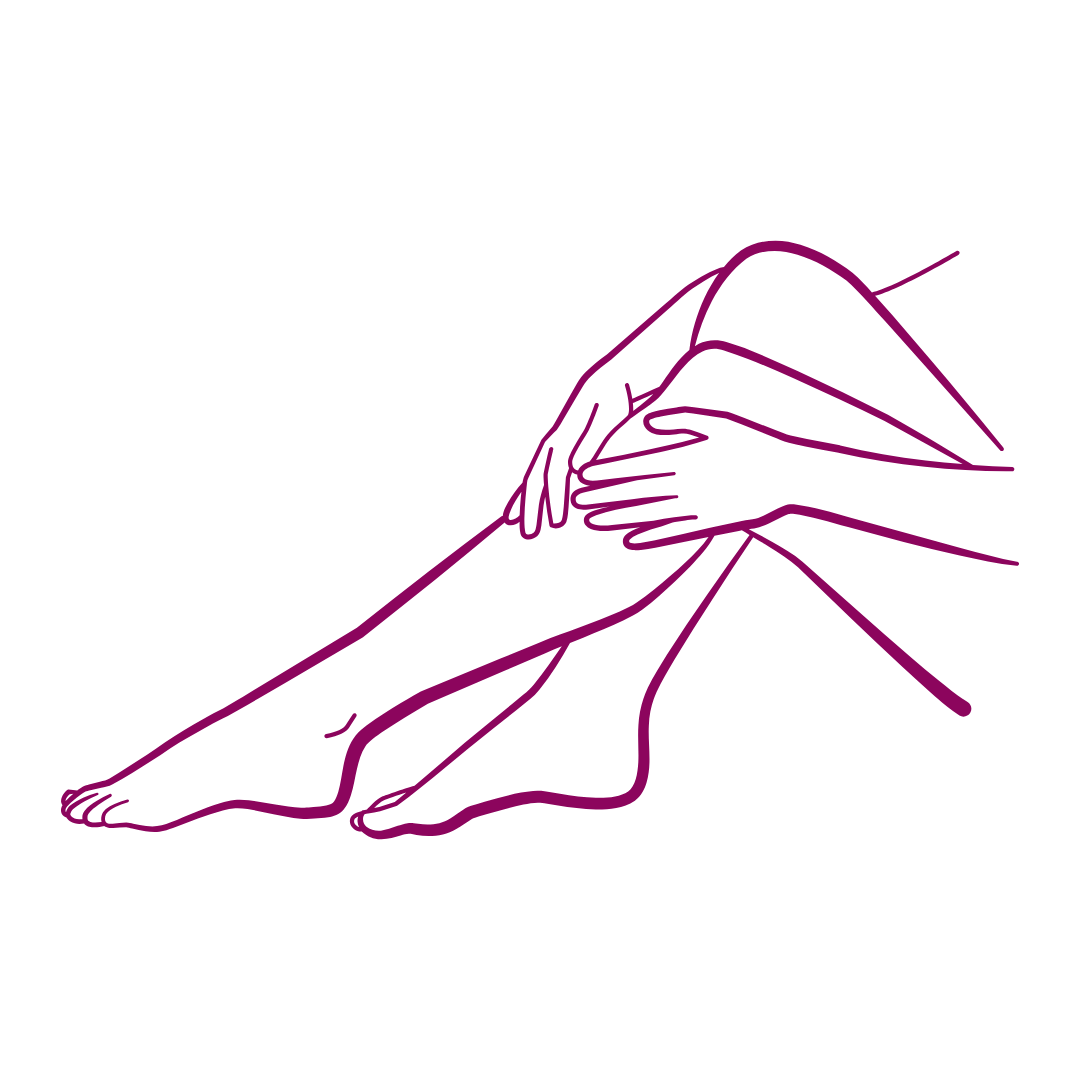
PILLAR 4
SKIN CARE
The skin of lipedema and lymphedema patients is particularly sensitive. It is prone to dryness, itching, infections, inflammation and impaired wound healing. Therefore, skin care plays a major role in the therapy. It is important to regularly cleanse, dry and then moisturize the skin. We recommend looking for mild products without fragrances and always testing a new product on a small patch of skin before using it on a large area.

PILLAR 5
SELF MANAGEMENT
Because lipedema or lymphedema cannot currently be cured, treatment must be a lifelong process. Patients need a lot of motivation and perseverance to maintain proper management. Extensive knowledge about the conditions and training on the different therapy measures are very important. Psychological support, community social groups and general wellness treatments are also an important part of therapy.
LIVING A CAREFREE LIFE WITH EDEMA!
At Bauerfeind, we are passionate about our products and the amazing people who wear them! When it comes to treating Lymphedema or Lipedema we believe in a holistic approach ensuring that the patient's overall well-being is the most important factor!
Our goal is to create a supportive community to spread knowledge and awareness! We would love to hear about your personal experiences and your favorite feel-good tips!
We look forward to connecting with you!



